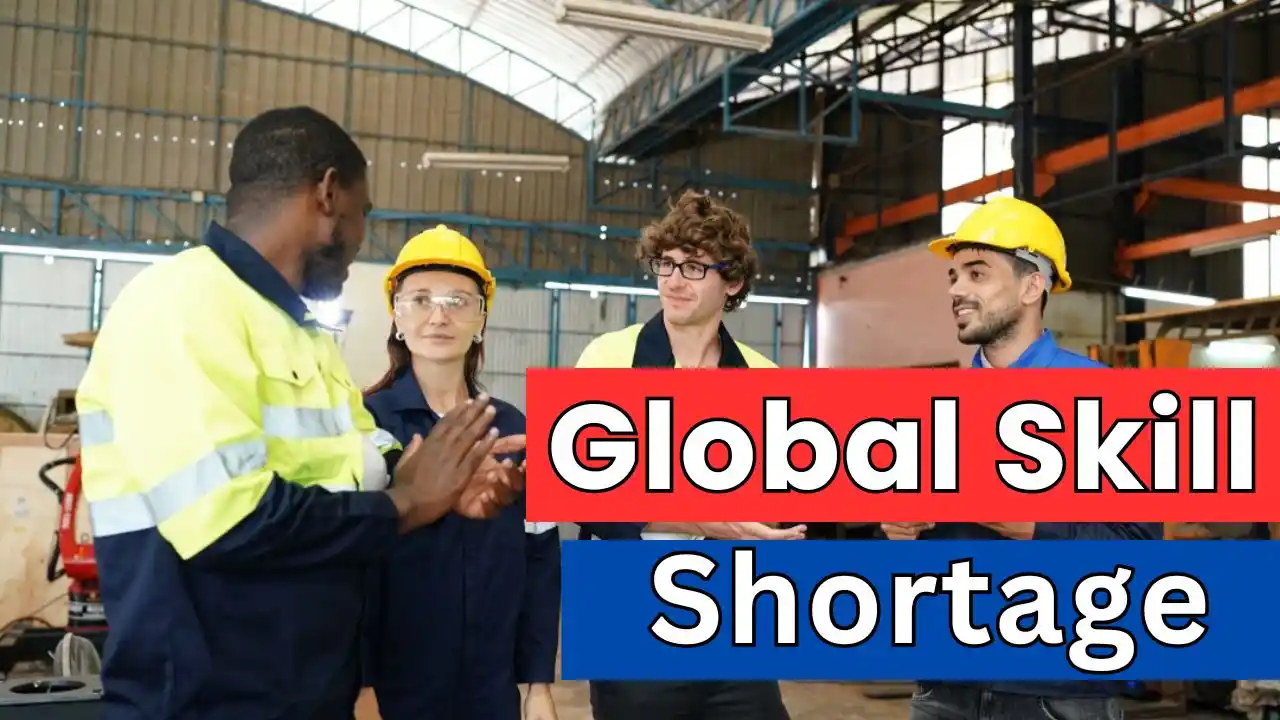The tragedy in the global labor market is millions of skillful workers that have to fill the breaches across industries by 2030, creating gaps for the next world economies that threaten to disrupt technology and benefit key sectors globally. Solutions are needed by all stakeholders, including the governments, businesses, and institutions of education, to avert such a situation from happening in the future.
The Magnitude of the Global Skills Gap
Research assessments project that more than 85 million skilled workers may be lacking by 2030 around the world. Technologies, health care, engineering, and renewables are a few examples of industries affected by this shortage globally. The acute impact would feel mostly in areas such as Europe, North America, and parts of Asia, which have labor markets that will not be up to par with offered demand levels for the top specifications.
Technological development is creating a widening gap, and industries are now seeking advanced technical skills and expertise, which the labor pool is increasingly incapable of meeting.
Key Industries Impacted by the Skills Gap
Another one of the most affected sectors is the technology sector. Software developers, data scientists, cybersecurity specialists, and AI experts are among the professionals whose demand has greatly skyrocketed. Due to the fact that digital transformation has become a national priority for all businesses around the globe, there has simply never been a time when the demand for skills-oriented professionals has reached such heights.
In the same vein, challenges within the healthcare industry have arisen. Oftentimes, demand for healthcare professionals such as physicians, nurses, and allied health workers has been increased due to the aging populations of different countries. This ascension in demand becomes worse through the existing after-effects of the COVID-19 pandemic on health mechanisms across the world.
The renewable energy and construction sectors have also not been spared the illness of a shortage of skilled labor owing to actions across governments and organisations to combat climate change and strengthen infrastructure for sustainability.
Reasons for Skill Shortage
The global skill shortage is attributable to a plethora of factors. On a demographic level, aging populations and lessened birth rates in developed countries cause people’s labor force to shrink. Simultaneously, rapid advancement in technologies and automation has become faster than traditional education systems could prepare workers to develop the right skills.
More importantly, the rapidly changing labor market, especially due to COVID-19, now implies things like telework and applying other digital technologies, which raise new competencies and adaptation to everything.
The Economic Toll of Untended Skill Gaps
If left unattended, global skill gaps have the potential to change the economic landscape dramatically. The businesses that cannot fill their critical roles would either experience reduced productivity or hindered innovation while losing substantial revenue. On a broader platform, the countries involved could experience slow economic growth along with even high levels of income inequality. Some sectors may thrive while some would remain stagnant.
Global Skill Shortage Addressing Initiatives
Meeting this challenge can be possible through better coordination of effort among governments, education systems, and private organizations. Upgrading and reskilling of the current workforce must get priority over emerging technologies and in-demand professions.
Educational institutions must modify their curricular according to the needs of a labor market that is in constant transformation, emphasizing more on STEM (science, technology, engineering, and mathematics) education and skills training. The role of real-life practice and preparation would also be put into practice through apprenticeship programs, internships, and linkages between academia and industry.
It could be the opening of one’s doors by the government to talented people from other countries by relaxing the immigration policies for them, and to address the immediate need for labor shortages, but then it will also promote the mobility of talents all over the world.
Conclusion
The global skill gap-assuredly-not a simple challenge, requires immediate worldwide collaboration to address. Relevantly, as industries change and as there is an increasing need for specified skills, investing in education, training, and workforce development will be critical for ensuring that the economy stabilizes and moves forward. By solving these gaps presently, the global community can build a potent, inclined workforce for the future- and future-demands.



